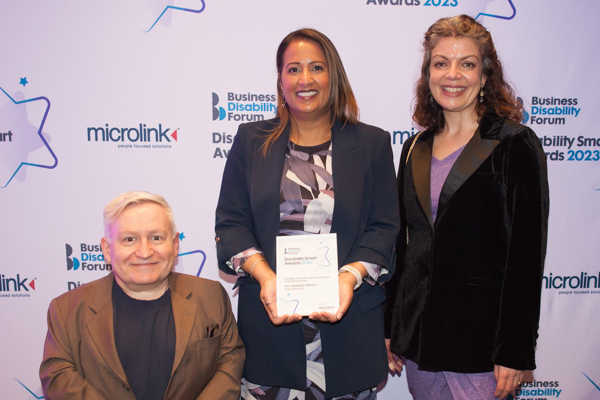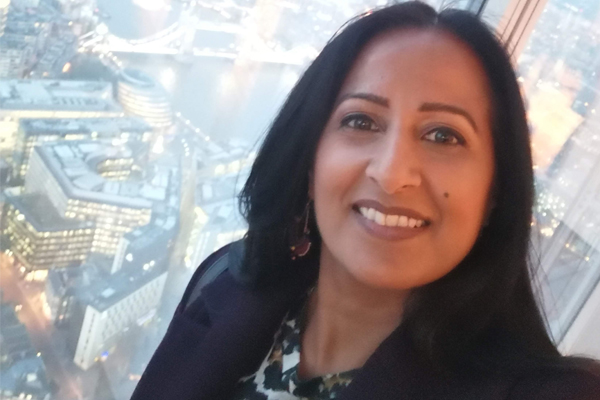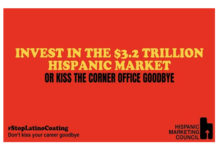
In this week’s interview, Sat Jabanda-Wilson, Accessibility & Inclusive Design Lead at Virgin Media O2 – also winner of this year’s Disability Smart Diversity and Inclusion Professional Award – shares how she has championed disability inclusion across the company to remove barriers for disabled and vulnerable consumers and staff.
Fair Play Talks: Can you share more about your passion for removing barriers to accessibility?
Sat Jabanda-Wilson: I care for my Mum from time to time as she has long-term conditions that impact her mobility and dexterity. I am also dyslexic. All my life I’ve struggled to process and retain information and found myself developing strategies to cope, such as replaying learning content, reading text multiple times, or writing notes it in my own words.
Sometimes it can take me a long time to write one email. It’s why I felt a connection in what I was doing as programme manager on the Disability Action Plan. I empathised and felt I could relate with people who need help or extra time to complete tasks.
After receiving the highly commended award by the Business Disability Forum (BDF), in the Disability Smart Diversity & Inclusion Practitioner category in 2019, I knew I was doing something right. It spurred me to identify opportunities as well as improve areas for our disabled customers.
I was encouraged to use the resources and contacts as part of our BDF membership, so I put myself out there and provided them with regular updates on what I had achieved. It was at this time that other members were being referred to me for guidance on what I have achieved in my role.
Fair Play Talks: Why is disability inclusion important to you?
Sat Jabanda-Wilson: I’ve always liked helping people and I guess it’s in my nature to be kind to others and especially people who are less fortunate than me. It was at this point, I started to think about my Mum, and how she lives with her diabetes and arthritis, but despite the often-debilitating effects, she just gets on with life and thinks about other people before herself. Maybe that’s where I get my self-lessness from.
I want to use my personal experiences and of those around me to make a positive impact on people’s lives and ensure our products and services are accessible, inclusive and equitable.

Fair Play Talks: Can you share some of the challenges and barriers disabled customers/employees face?
Sat Jabanda-Wilson: Some of the challenges our customers might face are around how they communicate with us. These customers may be Deaf and communicate using British Sign Language (BSL) or have a speech difference. Another challenge linked to this might be how these calls are handled when they get through to an advisor.
That’s why I took ownership of the way in which our BSL Video Relay Service was received by our customers. I managed the commercial relationship with the supplier, managed every complaint on a case-by-case basis and established the root cause of them, so that improvements could be made to the customer experience. Calls were routed to advisors who were trained to handle them, ensuring customer’s get the support they need.
Fair Play Talks: Can you give us a bit of background to why and how you created the Accessibility & Inclusive Design Framework? Can you share some of the specific barriers to inclusion customers in your sector are facing and why you wanted to improved accessibility?
Sat Jabanda-Wilson: It was part of my purpose to evolve the Disability Inclusion strategy. I’d learnt so much over three years on how to remove barriers for disabled consumers and knew I could have an even bigger impact. It became clear there was an opportunity for me to influence product design so it could be as accessible and inclusive for our customers as possible.
I am now involved in product design for all core services and have embedded Accessibility & Inclusive Design principles into Product governance and co-created training content to product owners. My remit also spans across the organisation and have recently co-designed a company-wide compliance training that harnesses Disability inclusion from the outset.
Digital accessibility is a specific barrier to inclusion if it’s not compliant with Web Content Accessibility Guidelines (WCAG). This is why I’ve challenged every output and ways of working to ensure it embeds those standards. Our consumer-facing web platform and pattern libraries all allow our digital teams to design, build and test new content that’s compliant, and transform existing content to become Assistive Technology user-friendly.
Fair Play Talks: What are some of the benefits of your initiative?
Sat Jabanda-Wilson: It’s about influencing change by collaborating with teams that perhaps haven’t considered how inclusive design may remove barriers for end users. The time I spent with various teams explaining the benefits of embedding the Accessibility & Inclusive Design framework’s principles into their existing ones has resulted in Inclusive Design outcomes. Investing my time in doing that early on shows me that I have influenced and empowered colleagues to consider the needs of disabled and vulnerable customers.
Of course, the biggest benefit is to our disabled customers – where they have equitable access to our products and services, and can enjoy all our services – from broadband to mobile and TV.
Fair Play Talks: How did you introduce the Accessibility & Inclusive Design Framework to the other teams, and get the buy-in you needed so it is consistently used by product teams?
Sat Jabanda-Wilson: I was supported by our then Chief Operating Officer, Jeff Dodds, who enabled me to present the Accessibility & Inclusive Design framework to his team. As a result, we’re now collectively identifying opportunities and embedding the principles through my tried and tested design thinking approach.
Fair Play Talks: Can your framework be easily adopted by other companies in your sector, or other sectors?
Sat Jabanda-Wilson: Yes, I believe it can be adapted for adoption in any industry. The key to this is adapting the framework so it aligns with your organisation’s purpose, values, and diversity, equity, and inclusion strategy. My approach has been to keep it high-level so that it can be adopted across multi-disciplined or cross-functional teams.
Fair Play Talks: Finally, how did you feel about winning this year’s Disability Smart Award?
Sat Jabanda-Wilson: I was nervous! I knew I was up against other worthy winners and saw that they had achieved inclusive outputs themselves. Winning the award this time around was an absolute honour and testament to myself for persevering, being resilient, and empathetic to the cause.
Fair Play Talks: What’s next for you as a disability inclusion champion?
Sat Jabanda-Wilson: Since winning the award, I hadn’t realised the amount of external speaker opportunities I’d be invited to, so that’s been really lovely. I want to build on the past few years and keep delivering for our disabled and vulnerable customers, so they have the best experience with us. I feel like I’m just getting started and there’s much more I want to do.



































